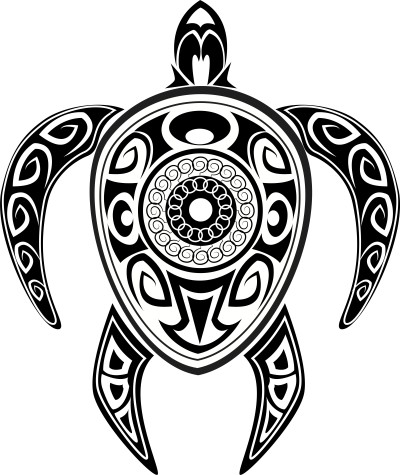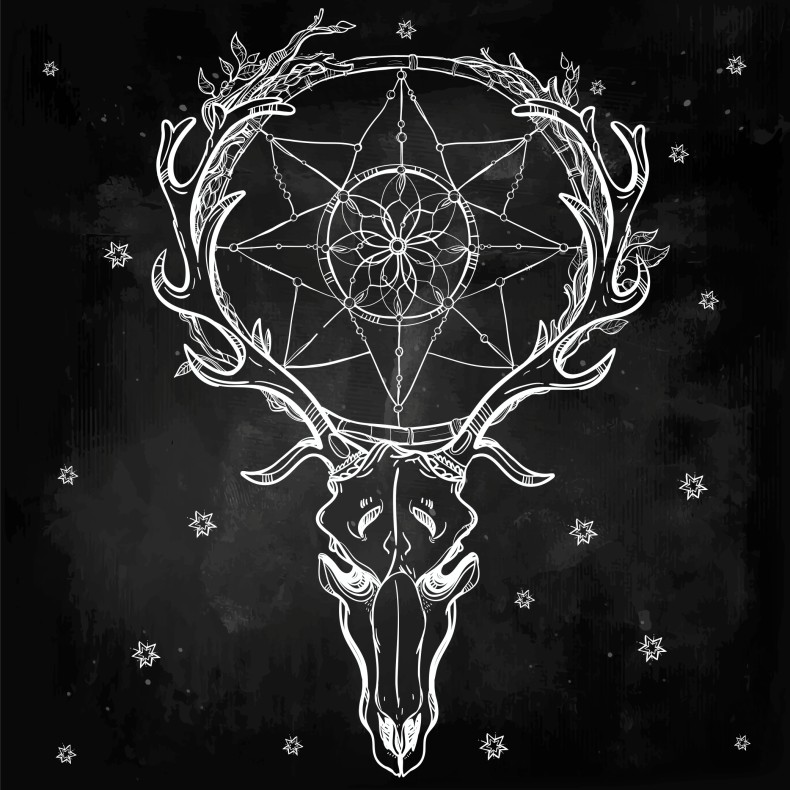Bowhunting season in Western Colorado opened yesterday, which means the rut is underway, the next season coming into view. By the time you see this, I will be sitting in the quiet of the woods with my 12 year old boy listening for bugling elk, their haunting, whale-like calls rising through dusk aspens and sea-green conifers.
Sex is happening out there, animals congregating and interacting at the beginning of their autumn mating ritual. It is the time of year that ungulates begin prancing, snorting and bugling. Soon males with their tongues hanging out will be boxing females into the trees. Antlers will be clattering (among deer it sounds like a fencing match between pool cues, while elk sound more like a battle with oaken staffs). As the rut winds up later in the fall, animals will begin their migration to lower country, impregnated and readying for winter.
One thing I should mention, my son and I will not be hunting while we’re out. Not with weapons at least. We are different kinds of hunters, paying attention to storms, sniffing the fresh animal tracks, and focusing beyond prey. I’d gladly take the meat, but we will be working with journals instead. Carrying backpacks off trail and moving our camp day by day, we won’t be under any auspices, no empirical research performed or recorded as we slip into draws and across mountain shoulders. We will be there out of personal curiosity, the way people flock to horseshoe crab spawnings or eclipses. We want to see a significant act of nature.
After a long and indolent summer, the forest will feel restless. This is when ungulate communication tightens up. Males whistle into the woods to hear if another male whistles back. The air will smell like rut, summer rains and late growth sending out raspberries and service berries while the first high mountain leaves begin to yellow. You can smell this first color. The party is just beginning.
An autumn night several years ago I was driving down the road with my son in his car seat when two bucks swung into my headlights. With heads butted nearly to the ground, they locked antlers, dragging and shoving each other into the middle of the road. They did not even glance at my sudden headlights as I stepped on the breaks. I told my little boys to look, that buck deer were fighting. He leaned his body as far as he could out of his buckled car seat and asked why. I told him deer fight this time of year to see who is stronger. Sons try to topple fathers. My boy stared over my shoulder, astonished.
The two animals moved swiftly, throwing each other this way and that, catapulting across the road and out of my headlights. They continued into the black of night where they went on in my imagination, tearing and scrapping like gods through the rest of time.
We may catch a glimpse of a sparrow landed on a branch or a raccoon rolling a trash can, but they quickly slip out of sight. What place do they slip into? What web of interactions are we not seeing?
A recent study put GPS trackers on fishers (small, ferret-like carnivores) to get a sense of their intricate daily sojourns. The researchers were surprised by the flexibility “in their willingness to use corridors composed of a variety of habitat types, not just forests.” They saw the animals traveling back and forth through woods, over meadows, fields, golf courses and cemeteries. Instead of crossing a six-lane highway, they went under by using old drainage pipes. They knew their way around.
Of course they would. Animals are not dumb. They figure places out.
The closer we look, the more entwined and complex the movement around us appears, dynamic flow in what might have been mistaken for stillness. Movement ecology is the study of how microorganisms, plants and animals travel from one place to another. An entire discipline has been born of this. In 2008, a 76-page issue of PNAS was devoted entirely to it, edited by Ran Nathan who heads the Movement Ecology Laboratory at Hebrew University. Nathan has formed an open-access interdisciplinary journal on the subject. 
Studies range from geomagnetic imprinting to the movement patterns of turkey vultures. An article on imprinting reported that both sea turtles and salmon lock in on the magnetic coordinates of wherever they hatched and later use that information as a navigational beacon. The magnetic field of the natal area is fused into them, a permanent map.
Every species has its unique key and path to follow.
This week, my son and I will be moving along a map other than our own, a reminder of a world that easily slips from our view. I don’t know what we’ll see or how long he and I will be able to sit still listening to the many heartbeats of the forest, but I know we will witness an event. Summer is ending, fall beginning, and the world of animals turns again.
Images: Shutterstock.

You know this title grabbed me right out of the shute. The words kept me there.
Are you willing to adopt a 36 year old and take him with you next year?
Craig, I wait anxiously for every word you publish. This one is extraordinary for me – my chosen totem animal is the turtle. Thank you for your words.
Brakes are what stop a car, not breaks.
I am glad this pieces was enjoyed, and I might consider adoption. As for the breakage, when you’re writing a hundred pages a week, god knows how many words, sometimes your brakes break.